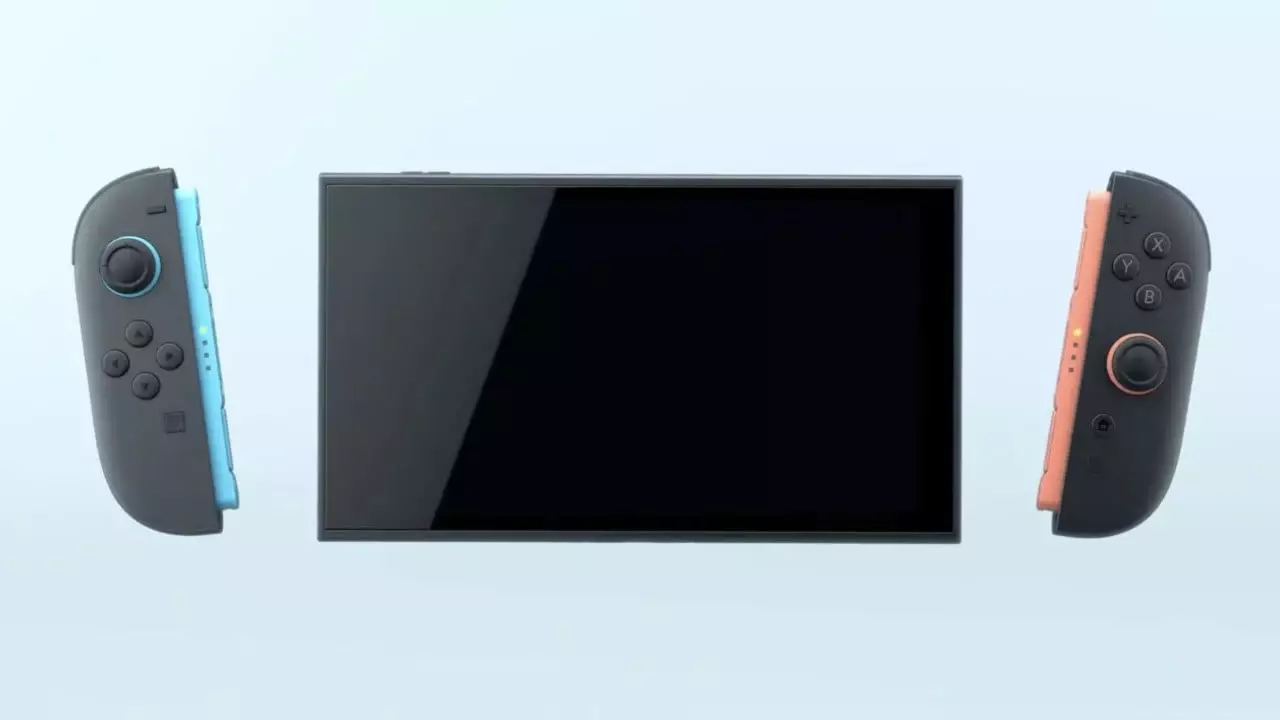Nintendo has always been a pivotal player in the gaming industry, known for its innovative approach and consumer-friendly pricing strategies. In a recent Q&A session with investors, company president Shuntaro Furukawa addressed various concerns surrounding the upcoming Nintendo Switch 2, particularly in regard to its pricing in light of current economic challenges. Taking center stage, this discussion opened doors for significant insights into how Nintendo is navigating a landscape marked by inflation and fluctuating exchange rates.
One of the most compelling aspects of Furukawa’s remarks was his acknowledgment of the complex environment in which Nintendo operates. The president laid emphasis on the necessity for the company to consider multiple economic factors when aligning the pricing strategy for the Nintendo Switch 2. The importance of these considerations cannot be understated, as they go beyond mere numbers; they encapsulate consumer sentiment, market positioning, and the legacy of Nintendo as an affordable provider in the gaming sphere. As the gaming industry experiences a rise in console prices — notably evidenced by the recent announcement of a £699/$699 price for the PlayStation 5 Pro — many are left to speculate about Nintendo’s commitment to their longstanding ethos of accessibility.
Furukawa’s commentary also hinted at a broader focus on consumer expectations concerning affordability. Historically, Nintendo has fostered an inclusive gaming environment, ensuring that cost does not bar potential players from experiencing their consoles. Interestingly, despite the questions around Switch 2 pricing, Furukawa affirmed that there were no imminent plans to reduce the price of the original Switch. This might be interpreted in two ways; on one hand, it signals a stability in Nintendo’s offerings, but on the other, it poses the risk of consumer backlash if the incoming console appears too positioned at a high-end price point.
Polling among consumers suggests a variance in opinion concerning the acceptable price for the new console. A notable part of the audience feels that even a $499 price tag could deter purchasing. This suggests that while many may recognize the need for price adjustments in a shifting economic climate, their loyalty to Nintendo remains contingent on maintaining a balance between innovation and affordability. Industry experts, such as Dr. Serkan Toto of Kantan Games, have hinted at a more moderate price point of $400, indicating a consensus that may align more closely with the brand’s identity.
As the gaming community eagerly counts down to the expected April 2nd announcement, the pressure is on Nintendo to reveal a pricing strategy that meets both market dynamics and consumer expectations. Furukawa’s responses reflect not just a corporate vision, but also a strategic gamble — one where the stakes involve maintaining credibility in a competitive marketplace.
The anticipation surrounding the Nintendo Switch 2 encapsulates the tension between innovation and heritage, underlining a pivotal moment for Nintendo as it seeks to uphold its reputation for delivering quality entertainment while effectively managing pricing strategies in uncertain economic times. The unveiling of the new console will likely illuminate the brand’s trajectory and reaffirm its commitment to affordability, leaving the global gaming audience eager for more.


Leave a Reply